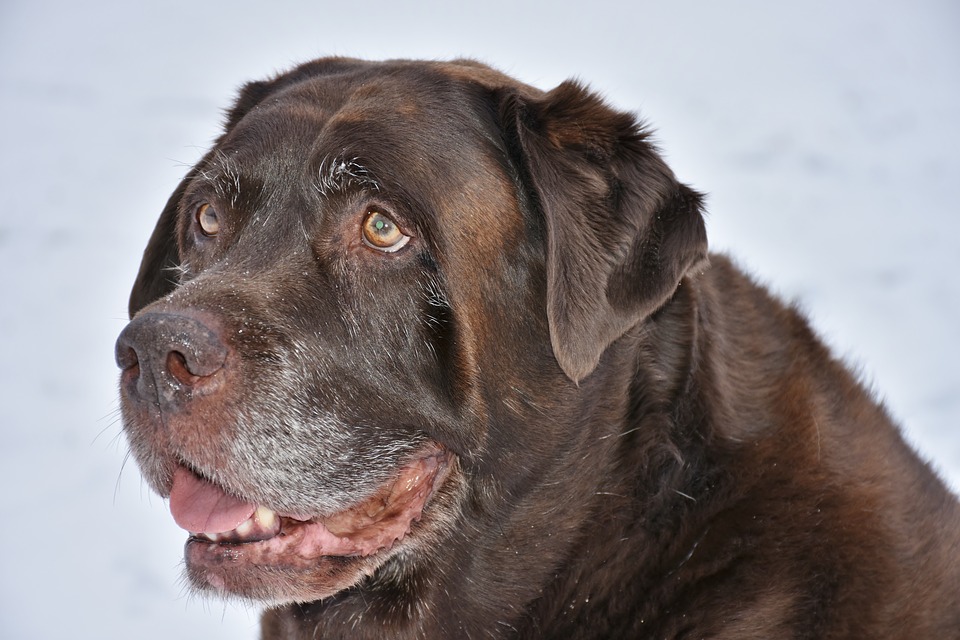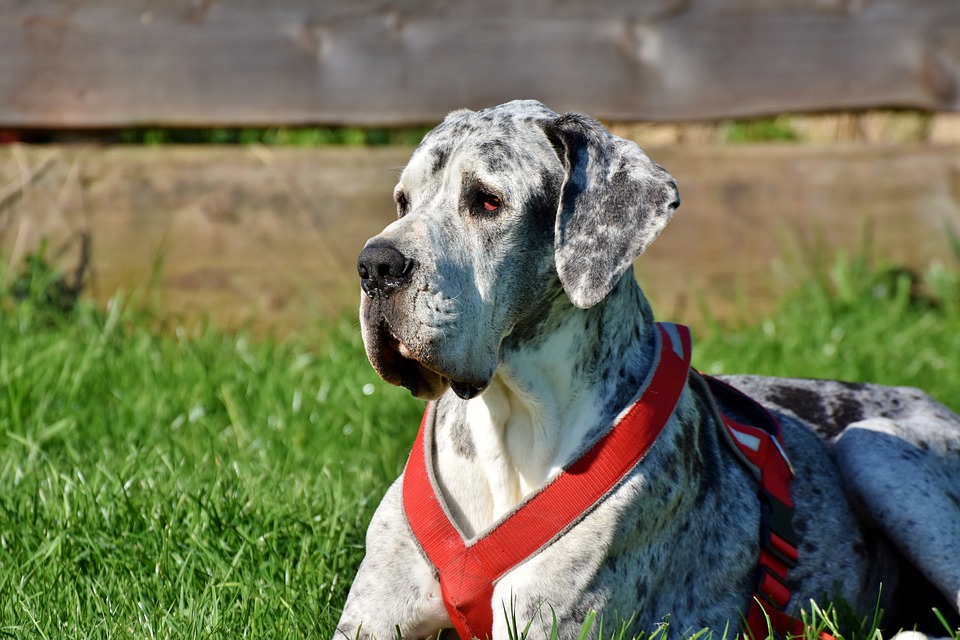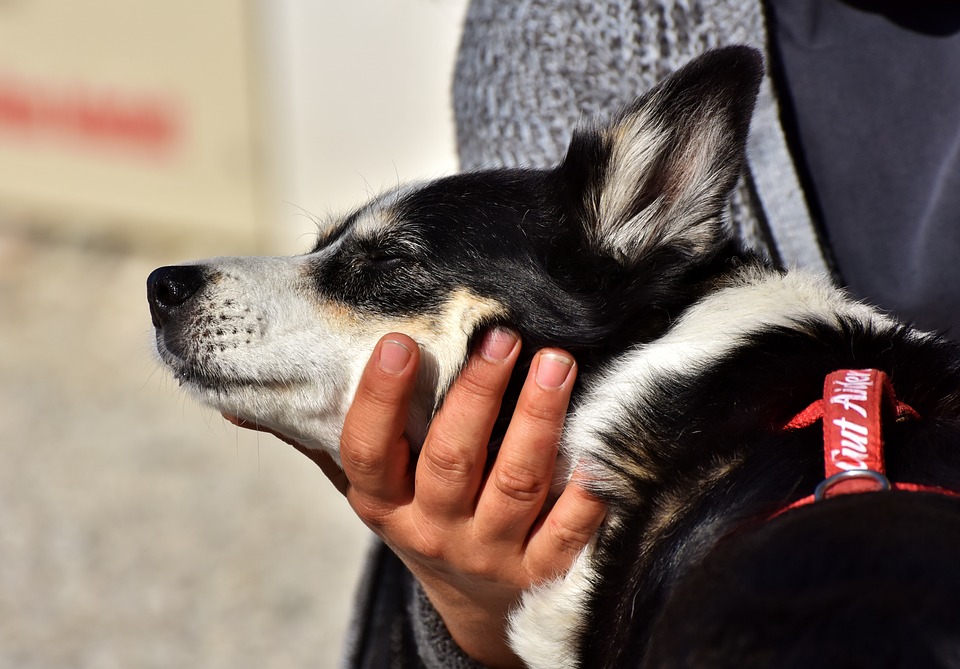We all love our pets. They are family, just like all other members and we want to care for them the same way. Pets don’t come with a handbook on how to take care of them, and we often need some help with getting used to all of their needs. But on the top of the list will always be their safety. However, emergencies do happen, and we need to be prepared in hopes to prevent those and know how to react if something does happen. So here are the most common pet emergencies and how to deal with them to ensure the safety of your pet:
Food poisoning
Pets tend to eat some weird things. Whether it’s the things that we happen to drop or throw away, or something they find on the street, eating something contaminated is the easiest way for your pet to get sick. As for inside the house, you should always be aware of where you throw your food and tie up your trash bags as well as have a lid on the trash cans. If your pets go outside in the street, keep a watchful eye and teach them when they are still young not to eat anything off the street because you never know if it might be contaminated. Next, you should know how to spot the symptoms: usually, you can’t miss them because they include vomiting or diarrhea. If you do notice anything wrong, take your pet to the vet immediately. Also, keep in mind that there are some food items that might make them sick, and if you notice a pattern, stop giving them those foods.
Environmental hazards
Pets don’t find it natural to live in small, enclosed spaces such as our homes, which is why they have to be trained or otherwise adjusted to the living environment. But you also have to make sure that the things that aren’t a danger to you also aren’t a danger to them, especially while they are small and still getting used to them. I had to call a local Sydney electrician to come and tuck away all of the cables above ground and within plastic guards so that my little pup doesn’t get to them and chew on them. This is a real danger, especially for younger, smaller animals, because an electrical shock could kill them. If they do get to the cables and get shocked, call your veterinarian immediately and closely follow what they say. Chewing on objects is a way for puppies to deal with teething, so to prevent them from chewing on things you don’t want them to, buy them plenty of interesting toys they can chew on.
Trauma
Any kind of injury caused by external blows is called trauma, and it’s very common in all animals. Any time they bump into a wall, break their paw or unfortunately get hit by a vehicle, it’s called trauma. The best thing you can do to prevent this is to constantly keep an eye on your pet when they are outside, never letting them off the leash unless they are in a secured, dog-friendly area. If something does happen, the only thing you should do is rush them to the nearest vet or animal hospital and have them checked out.
Having a pet is not a small responsibility and you need to take it as seriously as you would raising a child. Pets aren’t toys nor accessories, they are living creatures deserving of love, attention and care. Remember that they depend on us for everything, so if you do take a pet in, make sure you are giving it the best possible life it can get, including protecting them from dangers.







